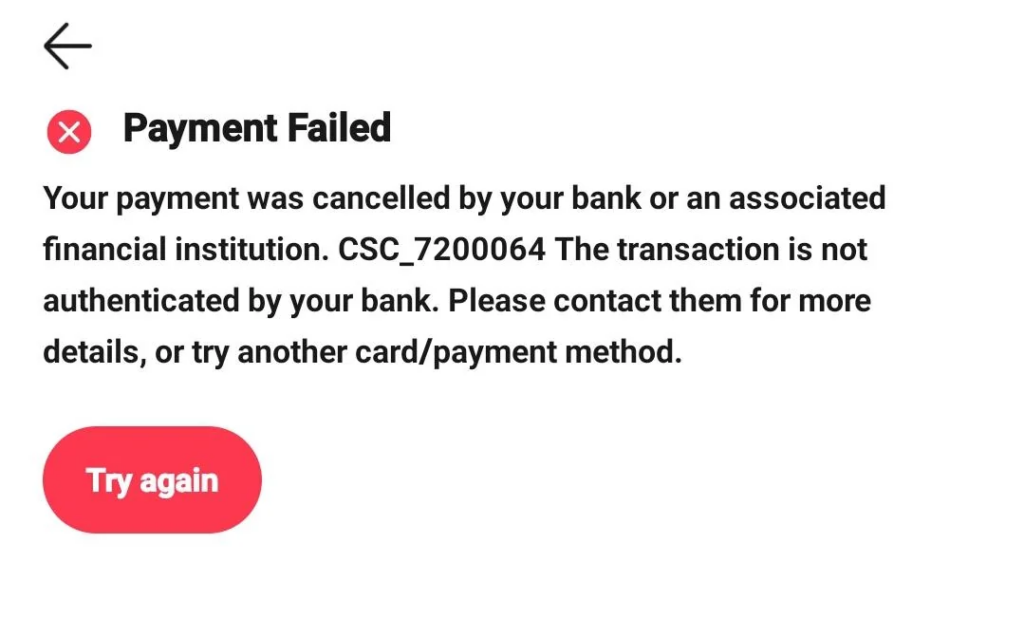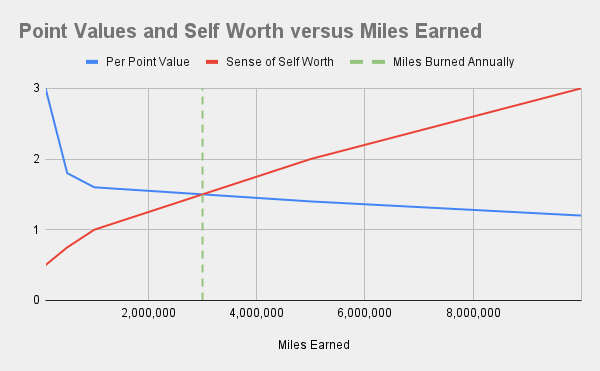Introduction
The Pepper gift card platform, seemingly created as a conduit for moving money between venture capital bank accounts and gamers’ wallets, warrants discussion based on recent developments and crowd think.
Background
Moochoo, the company, the company behind Pepper, raised $23.05 million on December 21, 2023. Is it auspicious that they closed on a pagan holiday? Probably not, but it’s funny. Pepper’s go-to-market strategy started shortly thereafter with effectively unlimited 10% back (in Pepper coin currency) on new accounts for the first 15 days of the account’s existence, along with bonuses for the referrer. They appeared to want new users at all costs and turned a blind eye to gaming with zero due diligence on new accounts. (Have a new device? That’s a new person, obviously. It’s not possible to have more than one, duh. Just make those charts go up and to the right!)
Seven months later in July, Pepper pivoted its rewards scheme away from unlimited new account cash-back, almost certainly because at its then current burn rate, it wouldn’t survive long in the face of unlimited purchases of Walmart, Home Depot, Amazon, and other high value gift cards at ~90% of face value. Pepper replaced the new-user sign-up bonus with double base points on gift cards for the first 15 days, which wasn’t useful for bulk resale and caused volume to plummet. How do I know volume plummeted? Pepper order IDs are sequential, naturally.
The Now
Pepper took a few weeks, but they’ve settled into the new normal. Now, they release “Daily Boost” merchants once, twice, or three times a day. Boosted merchants earn much more than regular, like 12x on Amazon or 20x on Columbia Sportswear. Boosted merchants have a total capacity before the boost goes away, which sometimes happens in 30 minutes for popular brands and sometimes doesn’t happen at all.
The Warning Lights
There are a few recent developments that could be taken as warning lights:
- Boosted merchant rewards payouts are now delayed by several weeks (is this related to cash-flow concerns?)
- New accounts now require ID scans, but only as of a few weeks ago (why now, maybe because they’re trying to raise money and VCs want real user verification?)
- Boosted merchant deals are getting better brands and higher payouts daily (why offer bigger than 10% discounts on high-volume bulk resale gift cards like Amazon, Walmart, and HomeDepot, which were probably burning Pepper’s cash reserves down like a dry Christmas tree on fire? Maybe to build temporary operating revenue?)
- The capacity for boosted merchant deals seems to be increasing steadily (again, is this for cashflow reasons?)
- Boosted merchant deals seem to be shifting to the brands that sell-out quickly from the brands that don’t (why push for more volume on cards you’re probably taking a loss on?)
To answer these questions, I think it’s time to build a simple quant-model for Pepper’s cash reserves.
The Pepper Doomsday Countdown
Let’s come up with a model for how much cash Pepper probably has left. The formula is really just $23.05 million, minus burned cash, plus earned profits. Let’s make some data-driven assumptions:
- Monthly operating expenses, salaries, and benefits for 37 employees, assuming an average overall employee expense of $65,000 per year (this is likely a rather low estimate): 37 * $65,000 / 12 = $200,416 / month
- Number of transactions through September 30, 2024 (order ID’s are sequential): 857,000
- Average transaction size (bulk brands are usually between $750 and $1,500 in max size): $1,000
- Monthly profit from regular discount gift card purchases for non-boosted accounts and users, assuming 3% profit: 3% * $500,000 = $15,000 / month
- Per order losses on boosted transactions, assuming 3% loss: $1,000 * 3% = $30
- Percentage of transactions that are boosted, in a new user sign-up bonus, or otherwise money losing: 80%
Now, let’s run the America-Loves-Math-o-tron-5000:
2024 losses = $200,416 / month * 9 months + $30 / order * 857,000 orders * 80% – $3,000 / month * 9 months = $22,236,744
So, ~$23 million raised and ~$22 million in expenses by my simplistic toy model. You can play with the numbers and come up with your own conclusion, but you have to get pretty far below a 3% per transaction loss to make things look rosey for Pepper, or really far above $500,000 per month in profitable transactions.
Where does that leave me? I think Pepper is about 10% likely to die in the next 30 days, and maybe 50% likely to die by the end of 2024; unless of course they find another VC that wants to shoot money into a toilet. I’m still playing the Pepper game but only at a small level. If they fold and I lose my floated Pepper rewards, I’ll live without much regret.
Happy weekend I guess?
The result of the last round of Pepper’s VC money cannon.







